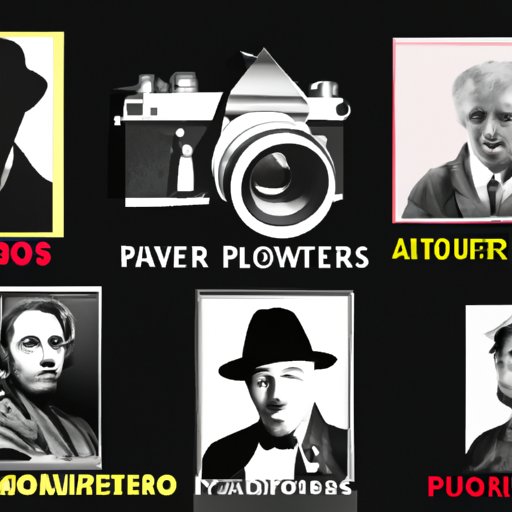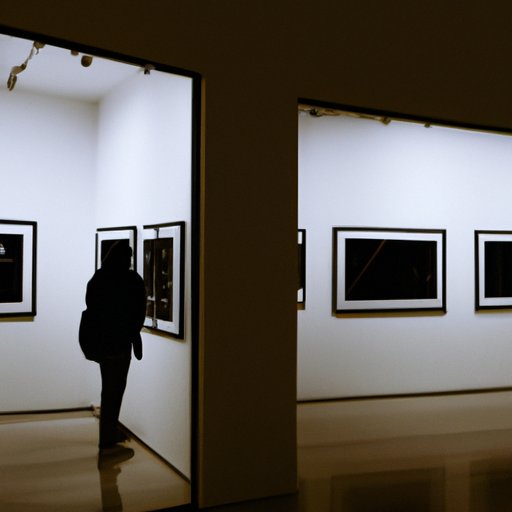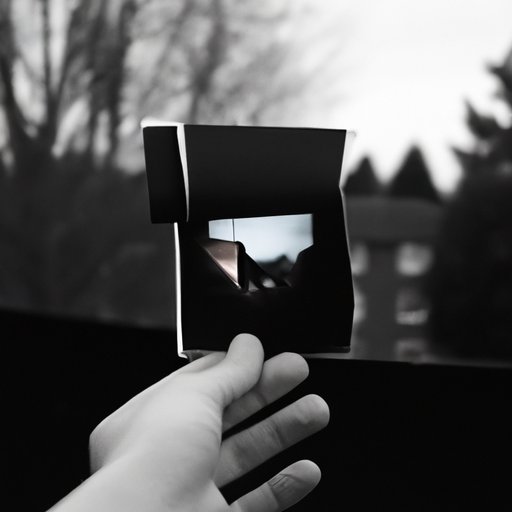Introduction
Photography is an art form that has been around for centuries, but it’s only in recent years that it has become accessible to everyone. From its beginnings as an experimental science to its current ubiquity in everyday life, photography has had a huge impact on the way we perceive and interact with the world around us. In this article, we will explore the history of photography, from the earliest experiments with light sensitive materials to the modern digital and smartphone photography of today.
Timeline of Photography: A History of the Art and Science
The history of photography can be traced back to the early 1800s, when scientists began experimenting with light sensitive materials. The first permanent photographic image was created by French inventor Louis Daguerre in 1837, and this marked the beginning of modern photography. British scientist William Henry Fox Talbot followed shortly afterwards with his own invention of the calotype process, which used paper coated with silver iodide to create images.
In the late 19th century, George Eastman invented the Kodak camera, which made photography easier and more affordable for the average person. This ushered in a new era of amateur photography, and the invention of the Brownie camera in 1900 further increased its popularity. In the early 20th century, advances in film technology and the development of the 35mm camera led to the emergence of professional photographers and the growth of photojournalism.
In the mid-20th century, color photography emerged and revolutionized the industry. By the end of the century, digital photography had replaced traditional film photography as the preferred method of capturing images. Today, cameras are everywhere, from our smartphones to our drones, making photography more accessible than ever before.
The Impact of Photography on Society Throughout History
Photography has had a profound effect on society since its invention. On a social level, it has helped to shape the way people view themselves and the world around them. It has provided a window into different cultures and allowed us to explore places we may never have seen otherwise. On a political level, it has been used to document and expose injustices, bringing about social change.
On an economic level, photography has created jobs and entire industries, from professional photographers to print labs and photo stock agencies. It has also enabled the growth of new markets, such as fine art photography and wedding photography, which would not have been possible without the invention of photography.

Pioneers of Photography: Famous Photographers Who Changed the World
Throughout history, there have been a number of pioneering photographers who have changed the way we see the world. Louis Daguerre is credited with inventing the daguerreotype, the first successful form of photography. William Henry Fox Talbot invented the calotype process, which made it possible to produce multiple prints from a single negative. Eadweard Muybridge pioneered the use of photography to study motion, and Ansel Adams is renowned for his stunning landscape photographs.
Henri Cartier-Bresson was one of the most influential figures in street photography, and his work helped to define the genre. Other notable photographers include Alfred Stieglitz, Dorothea Lange, Robert Capa, Diane Arbus, and Richard Avedon.
How Technology Has Influenced the Evolution of Photography
Technology has played a major role in the evolution of photography. Digital photography has made photography more accessible and allowed anyone to take and share photos instantly. Smartphone cameras have given us the ability to capture moments on the go, and drone photography has opened up entirely new perspectives.
Advances in software technology have also made it easier to edit photos and create effects that weren’t possible before. Social media platforms such as Instagram have enabled us to share our photos with the world and engage in creative dialogue with other photographers. Technology has truly revolutionized the field of photography.

Photography as a Cultural Expression: Examining its Role in the Arts
Photography has also had a profound impact on the arts. Photorealism, which uses photography as a reference point for creating realistic paintings, has become increasingly popular. Photojournalism has been used to document newsworthy events and to tell stories through images. Street photography has become an important tool for exploring identity and culture. As a result, photography has become an integral part of our cultural discourse.

An Exploration of the Social Significance of Photography Throughout History
Throughout its history, photography has been used to document history and capture emotion. It has also been used to explore identity, both personal and collective. Through photography, we can gain insight into different cultures and learn more about ourselves and the world around us. It has the power to inspire, to provoke thought, and to bring us closer together.
Conclusion
Photography is an art form that has evolved over the centuries, from its beginnings as an experimental science to its current ubiquity in everyday life. It has had a profound effect on society, from its social, political, and economic impacts to its influence on the arts. Photography has also been an important tool for documenting history and exploring identity. As technology continues to evolve, the possibilities for photography are endless.
(Note: Is this article not meeting your expectations? Do you have knowledge or insights to share? Unlock new opportunities and expand your reach by joining our authors team. Click Registration to join us and share your expertise with our readers.)
